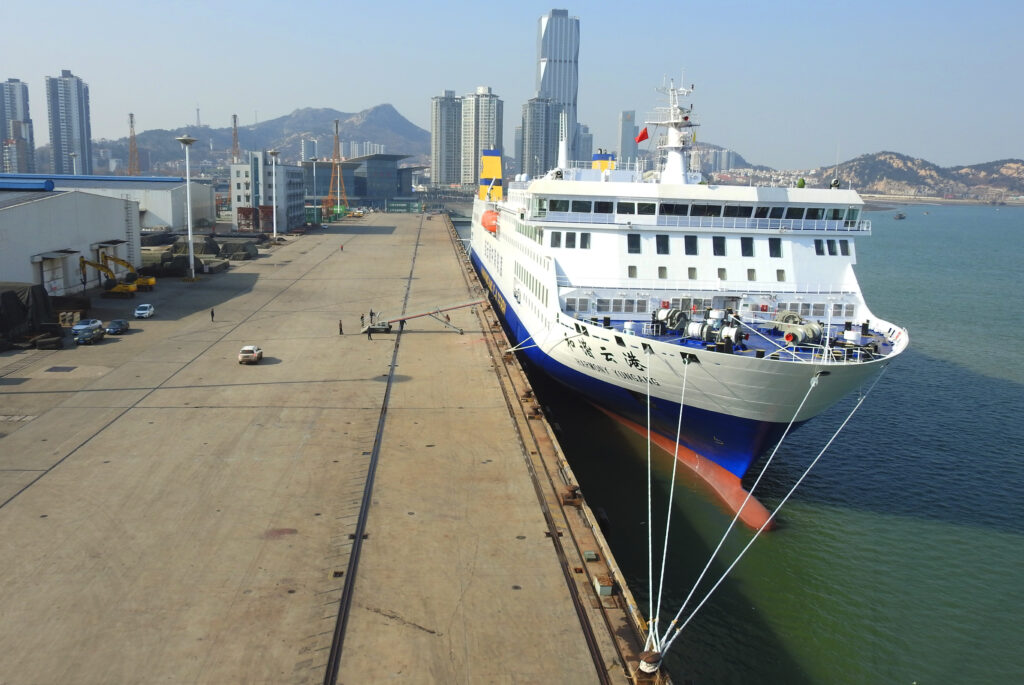In recent years, the Chinese People’s Liberation Army (PLA) has created a new normal in the Taiwan Strait, with regular PLA aircraft and vessel intrusions across the median line and in the Taiwanese Air Defence Identification Zone. The PLA has also started conducting large-scale military exercises and live-fire drills around Taiwan, especially since former US Speaker of the House Nancy Pelosi visited Taipei in August 2022.
Admiral Philip Davidson, former commander of the US Indo-Pacific Command, told a 2021 Senate Armed Services Committee hearing that China could invade Taiwan in the next six to ten years. There have been divided opinions on China’s reunification campaign timeline. A 2022 survey conducted by the Centre for Strategic and International Studies highlighted that 4 per cent of the experts surveyed believe that Beijing has a non-negotiable internal deadline to achieve unification by 2049.
The same survey also revealed that around 20 per cent believe that Beijing is accelerating its timeline for using force. Irrespective of the timeline, there is no denying that for the past ten years, China has engaged in rapid military modernisation with specific goals in mind — one of which is reunification with Taiwan.
The PLA Navy (PLAN) has been a major beneficiary of this military modernisation. Between 2015 and 2020, the PLAN became the numerically largest naval force in the world, with over 340 naval platforms. But despite the navy’s numerical superiority, the role of the Chinese civilian shipping industry in a Taiwan reunification campaign is as important as the role of any PLA service. These civilian assets would be enablers of a forceful attempt at reunification.
According to Chinese military documents, a so-called joint firepower campaign involving extensive missile strikes would first be used to neutralise Taiwanese defences. Amphibious beach landings would follow.
But despite being the largest naval force in the world, the PLAN is not ready to undertake beach landing operations. Currently, the PLA only has eight Type 071 amphibious transport dock ships, three Type 075 landing helicopter dock ships, around 50 small landing ships, six Zubr-Class amphibious assault hovercraft and 15 Yuyi-Class hovercraft vessels. Taiwan has 169,000 active military personnel, backed by 1.66 million reservists.
Keeping reservists aside and applying the traditional three-to-one ratio of attackers to defenders used in wargames, China would need at least 507,000 soldiers. By extension, China would need thousands of ships to cross the 106-kilometre-wide Taiwan Strait to conduct landing operations — far from the current PLAN capabilities.
China has long been working to supplement its military campaign with commercial infrastructure. To this end, China has emphasised the construction of roll-on/roll-off (RO–RO) ships, which can use their power to set up ramps on docks or beaches to transport vehicles. It is estimated that each RO–RO ship can carry at least 300 vehicles and about 1500 passengers.
In 2012, the PLA established ‘strategic projection support ship fleets’ in China’s major ship-building companies, through which local shipping companies have actively cooperated with the military to improve maritime ‘strategic delivery’ capabilities.
Since implementing these laws, China’s shipbuilding industry has prioritised the production of RO–RO ferries. While these ships are predominantly used for delivering electric vehicles to various parts of the world, their use by the PLA in military exercises during 2023 indicates their potential to be an important enabler of China’s reunification campaign.
RO-RO ships first participated in PLA military exercises in 2019 with the 15,000-ton ferry Bang Chui Dao in an amphibious assault exercise. Since then, the PLA has conducted such military exercises regularly. In July 2020, the PLA experimented with launching amphibious assault craft from civilian ferries towards the beach rather than to port facilities as well as conducted day and night exercises off the coast of Guangdong Province. August 2021 was the first time that the PLA used a 10,000-ton-class civilian ferry ship for landing military exercises.
In August 2022, after Nancy Pelosi’s visit to Taiwan, six of these RO–RO ships, which are operated by the Bo Hai Ferry Group Company and are affiliated with the PLA Maritime Militia 8th Transport Brigade, headed south towards Xiamen — the closest point to Taiwan. In 2023, the RO–RO ferries were used more frequently in cross-transportation military exercises, most recently in July and September. According to naval strategist J Michael Dahm, in January 2023, China had around 31 RO–RO ferries in operation.
Scholars have noted that these RO–RO ferries are susceptible to attacks from Taiwanese F-16s, warships and submarines. But like PLA amphibious vessels, which are also vulnerable, these ferries would be supported by the PLAN, PLA Air Force and PLA Rocket Force. But in the case of a contingency, it remains to be seen if these ferries are able to sail with battle wounds.
There are also questions surrounding the ability of these ferries to perform beach landings. But the PLA has been regularly practising such exercises with RO–RO ferries and only a real campaign can provide a fair assessment.
The PLA also suffers from a lack of operational experience in conducting beach landing campaigns. Despite these limitations, the urgency displayed by Chinese shipping companies in the production of these vessels and the use of these vessels by the PLA in amphibious military exercises indicates the importance of the RO–RO vessels for China’s Taiwan contingency in the future.
Suyash Desai is a research scholar specialising in China’s military and foreign policy. He is currently studying Chinese at National Taiwan Normal University.

